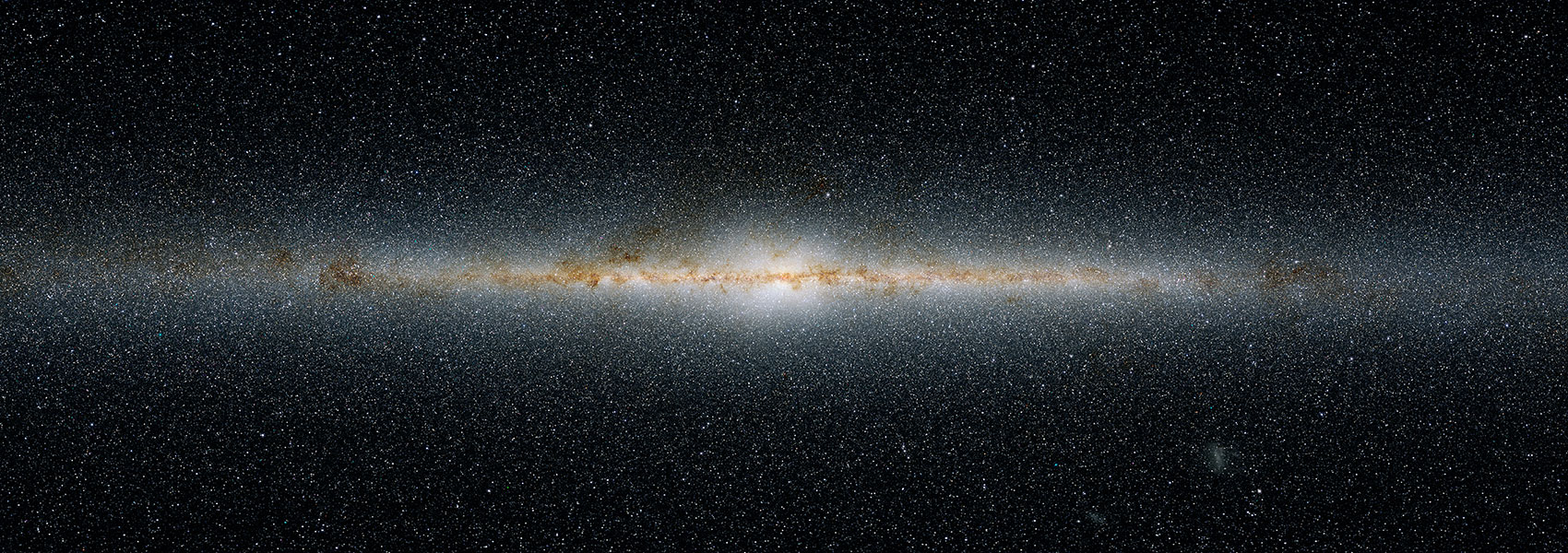January
2018
•
2018ApJ...852..107D
Authors
•
Davidzon, Iary
•
Ilbert, Olivier
•
Faisst, Andreas L.
•
Sparre, Martin
•
Capak, Peter L.
Abstract
•
We trace the specific star formation rate (sSFR) of massive star-forming galaxies (≳ {10}10 {{ M }}⊙ ) from z∼ 2 to 7. Our method is substantially different from previous analyses, as it does not rely on direct estimates of star formation rate, but on the differential evolution of the galaxy stellar mass function (SMF). We show the reliability of this approach by means of semianalytical and hydrodynamical cosmological simulations. We then apply it to real data, using the SMFs derived in the COSMOS and CANDELS fields. We find that the {sSFR} is proportional to {(1+z)}1.1+/- 0.2 at z> 2, in agreement with other observations but in tension with the steeper evolution predicted by simulations from z∼ 4 to 2. We investigate the impact of several sources of observational bias, which, however, cannot account for this discrepancy. Although the SMF of high-redshift galaxies is still affected by significant errors, we show that future large-area surveys will substantially reduce them, making our method an effective tool to probe the massive end of the main sequence of star-forming galaxies.
Links




